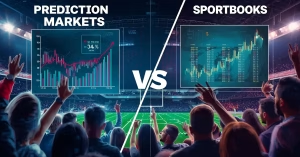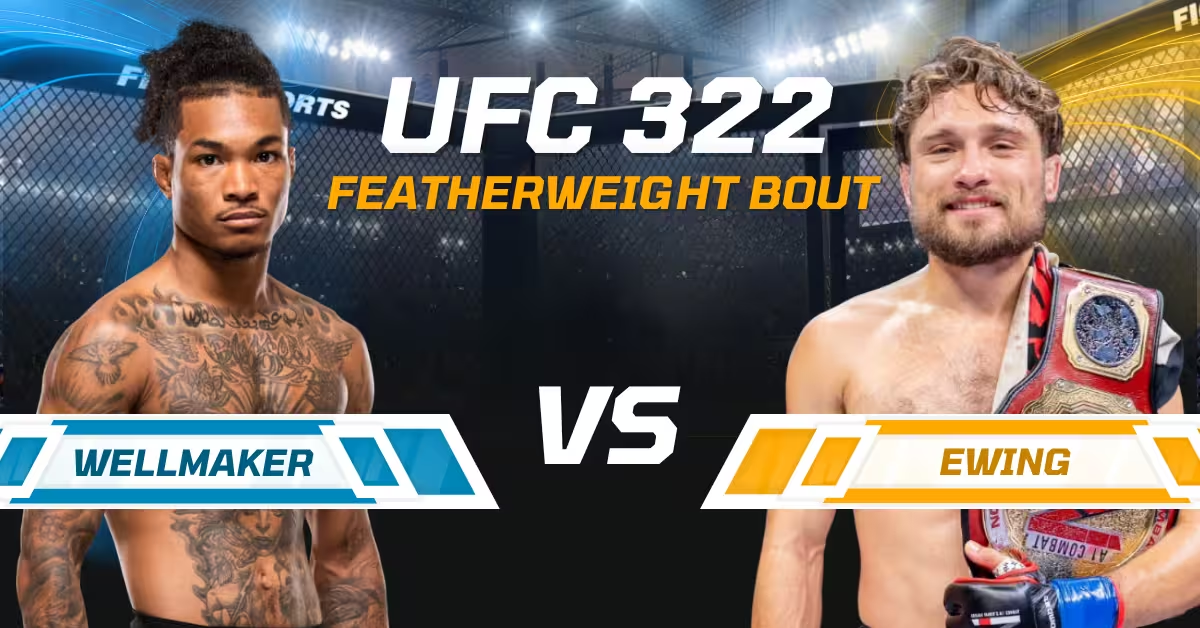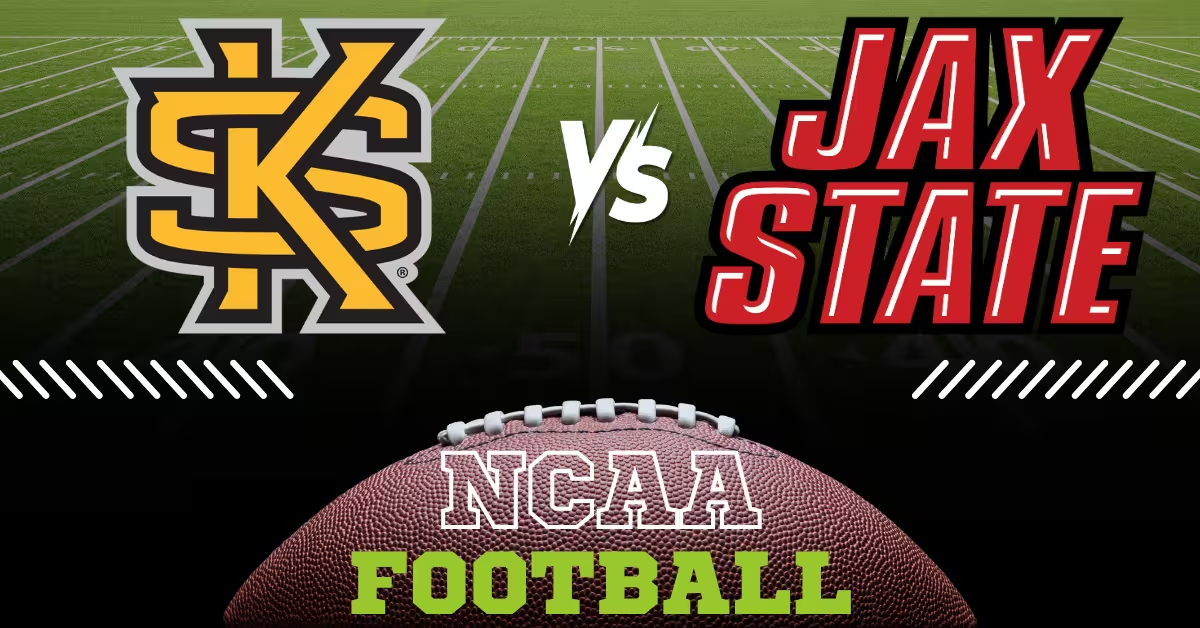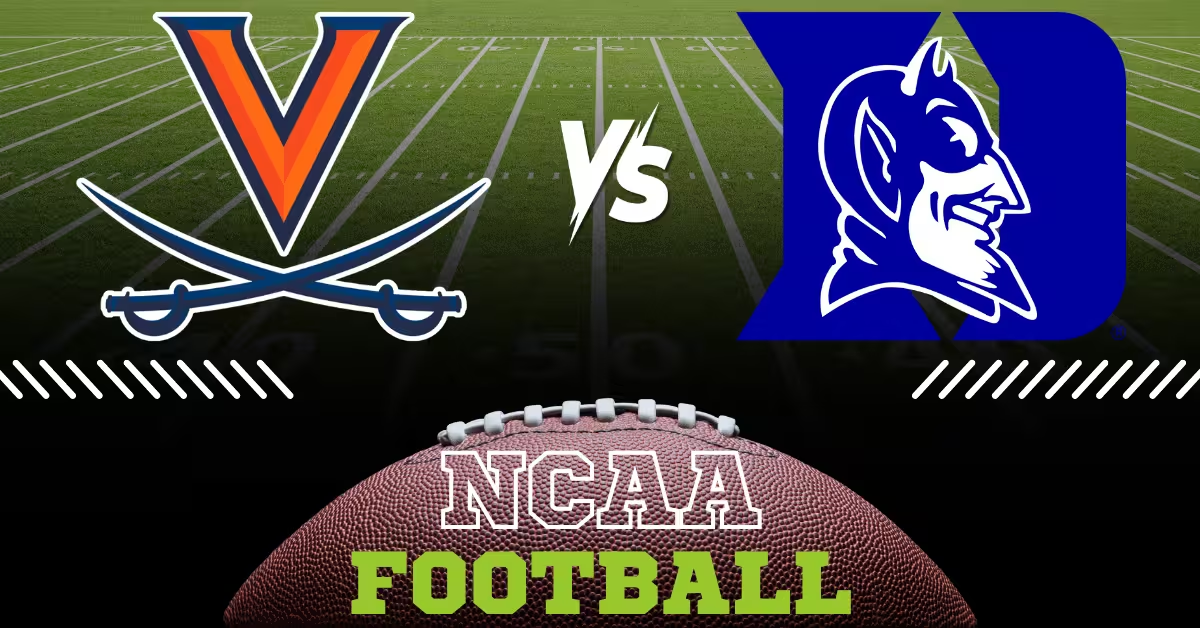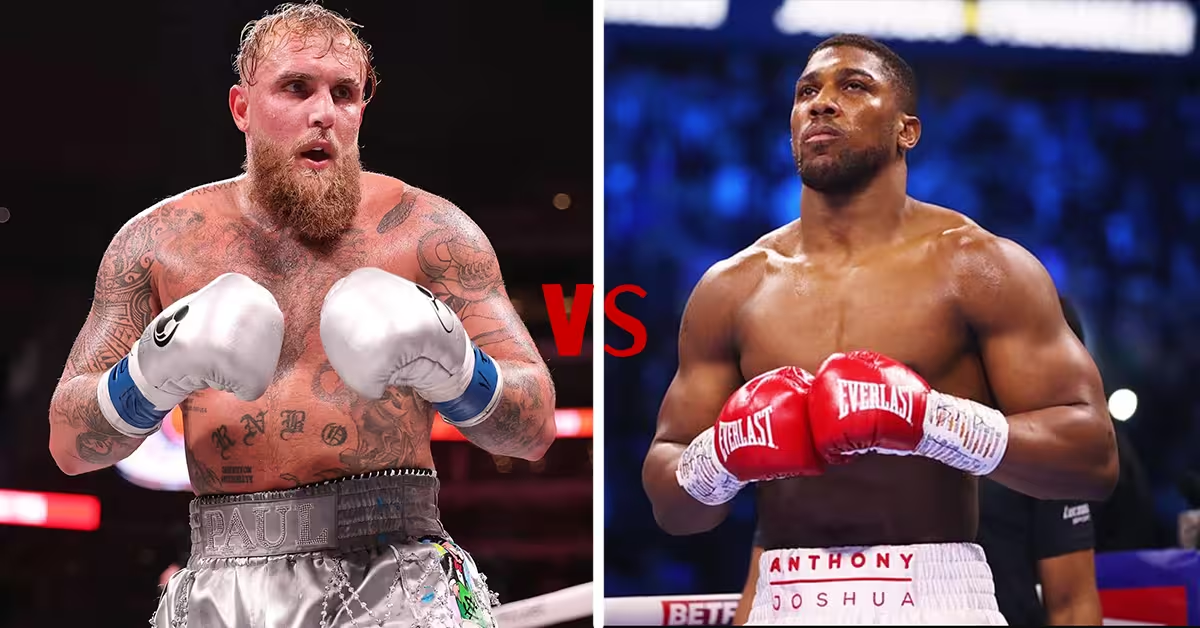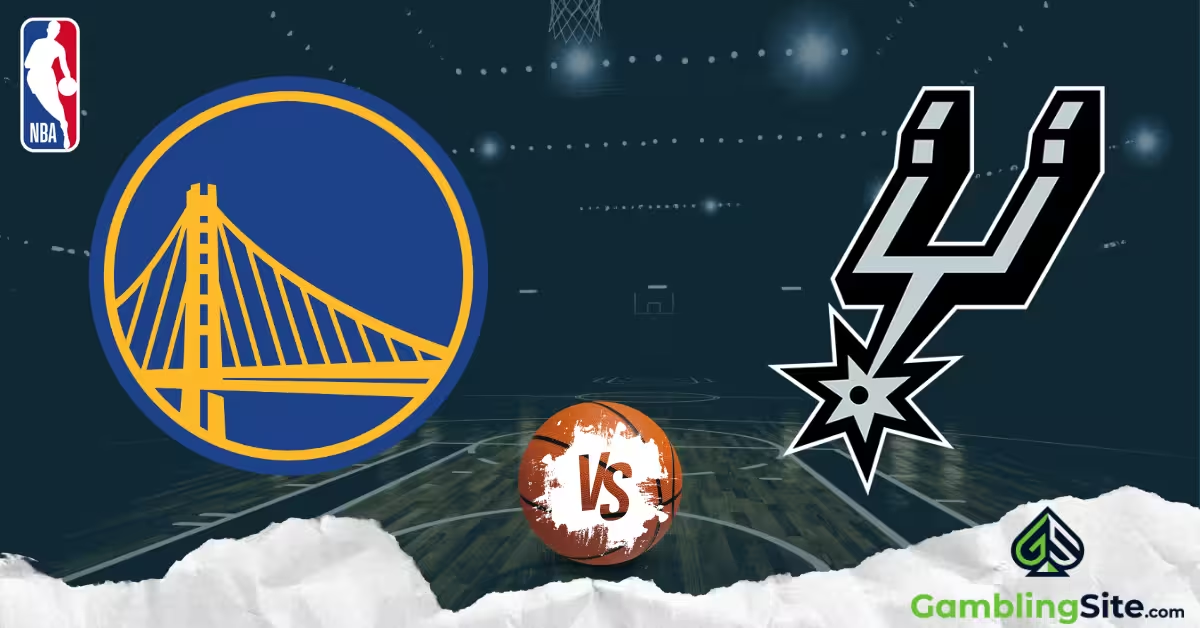How to Spot Value in Early Lines Before the Public Jumps In

It’s the Monday morning after an NFL Sunday bloodbath. You’ve forgotten about the coffee in front of you because you’re in shock, scrolling through the wreckage of your parlay.
And as you try to process your loss, somewhere else a sharp bettor is already placing wagers for next Sunday. They aren’t doing it because they’re obsessed with sports betting, no, no, no. They know something that most others don’t, and that’s that the real money isn’t made when the game starts. Nope, it’s made when the lines first open.
These are the early lines, which are like a sportsbook’s “first draft:” their purest, most analytical take on a matchup, based on complex algorithms, power ratings, and matchup analysis, before the tsunami of public opinion, media hype, and emotional betting hits the beach.
Once the public jumps in? The value evaporates. That initial number gets pushed, pulled, and stretched thin by the sheer volume of casual money betting on big names, recent blowouts, or whatever ESPN is yelling about that day. What started out as a golden opportunity becomes just plain ol’ odds. The window is really small, but the possible payoff? That’s where the sharps live.
Our guide doesn’t require a PhD in math, but you will have to do the work and train your eyes to see the genuine value that’s hiding in plain sight within those early numbers. We’ll crack open how lines shift, why the public is usually dead wrong (and how books exploit that), the exact signs that say, “Bet me now!”, the tools the pros use to track it all, and most importantly, when to pull the trigger before the chance vamooses.
What Are Early Lines and Why Do They Shift?
Walking into a store the second that it opens versus right before it closes is not the same experience. The selection and maybe the prices? Totally different. And betting lines work the same way. How? Keep scrolling to find out!
- Early Lines: These are the first odds released by the sportsbook, often days (NFL, College Football) or even hours (NBA, MLB after pitching confirmations) before the game. This is the book’s “vanilla” assessment. It’s based heavily on statistical models, historical performance, key matchup data, and initial injury reports. It’s the baseline.
- Closing Lines: These are the odds you see seconds before kickoff or tip-off. This is the number shaped by everything, like sharp action, public betting floods, late-breaking news, weather updates, you name it. It’s the market’s final consensus.
Why the heck do they move? Because two big forces collide:
- The “Sharps” (The Smart Money): These are the pros, the syndicates, and the bettors with proven long-term winning records. They have sophisticated models, deep info networks, and serious bankrolls. When they see an early line that they believe is fundamentally wrong? They’re on it. They bet big, and they bet fast. Sportsbooks pay really close attention to the “respected money.” If a ton of sharp cash hits one side, the book will move the line to balance their own risk and discourage further bets on that now “cheap” side. This is called “reverse line movement,” which we’ll get into further down.
- The Public (The “Square” Money): This is the majority of bettors; the passionate fans who are betting with their hearts are influenced by headlines, star players, recent wins/losses (good or bad!), and basic popularity. As game time nears, the flood of public money hits. If 80% of the cash is going to Team A, the sportsbook moves the line to make Team A less attractive (worse odds, higher spread) and Team B more attractive (better odds, lower spread). This protects the book. They don’t care who wins; they just want the action to be balanced. The public’s emotional betting forces the line away from its “true” early value.
This happens constantly—it’s not a one-off or a rare occasion. Significant movement is the rule, not the exception, particularly in the most popular markets. Studies and analysts have proven this.
In the NFL, it’s not unusual for key spreads to move 1.5 to 2 points between open and close, like after major news or heavy sharp action. Moneyline underdogs can see their odds shrink dramatically (from +250 to +180) if sharps believe in them early.
Betting analysts highlight that identifying why a line moves is usually more valuable than predicting the winner. The early line is where that story begins.
The Psychology of Public Betting and Line Movement
There’s more to sportsbooks than just math; there are also psychological aspects. They don’t set the most accurate line; they set the line that will best balance the betting action based on how they predict the public will act. They know that the public is super predictable, usually irrational, and easily swayed. Here’s how they exploit it, and how you can exploit their exploitation:

Recency Bias
Did Team A just win a massive, emotional game on national TV? Did Team B get blown out in a nasty fashion? The public overvalues the last thing they saw, and it projects far into the future. Sportsbooks know this, and they’ll shade the early line slightly against the team that’s coming off the big win, anticipating public overreaction will push it further. This creates potential early value on the team that just lost.

Star Power & Brand Name Tax
LeBron James. Patrick Mahomes. The New York Yankees. The Knicks. The public loves betting on stars and famous franchises, and it’s usually regardless of the matchup, injuries, or context.
The popularity is baked right into the early line, which makes these teams a tad more expensive to bet (steeper spreads, worse moneyline odds) than pure analytics suggest. They expect the public to bet on them anyway. This can create early value against the star teams if the line is inflated enough.

Media Hype Machines
A 24/7 sports news cycle needs narratives. “Team X is unstoppable!” “Player Y is in a slump!” “This rookie is the next GOAT!” The public absorbs the storylines and bets accordingly.
Sportsbooks anticipate which narratives will drive money and adjust lines preemptively or react to them when they happen. The early line, which is released before the hype reaches a fever pitch, might not fully reflect this impending distortion.

The Overreaction to News
A star player is “questionable” with a rolled ankle? The public panics and bets against his team. Books could move the line aggressively on even minor news, anticipating a public overreaction.
Sometimes, the real impact of the news is less severe than the market reaction. The early line, set before the news broke or before the public frenzy hits, is your baseline for spotting this overreaction.

The Underdog Aversion, aka Bandwagon
This varies, but the public tends to dislike betting big on underdogs, as they feel like they’re throwing money away. That is, unless there’s a huge bandwagon narrative (“Cinderella story!”). Conversely, they love to bet on modest favorites. Books shade the lines accordingly.
Public betting has always been driven by emotion, narrative, and accessibility, not on value. Sportsbooks profit from this. The gap between this public perception that’s literally baked into the closing line and the more analytical early line is where your opportunity is. You’re handicapping the handicappers and the crowd’s predictable mistakes!
The Signs a Line Offers Early Value
Sure, theory is good, but how do you see this value in the wild? You have to be able to recognize specific, actionable signals in the early numbers. The following is how to do this:

Your Numbers vs. Their Numbers
The core mismatch is fundamental, so develop your own power ratings or use reputable projections. When the opening line is way different from your calculated fair odds (e.g., you have Team A as a 3-point favorite, but the book opens at -1.5), that’s a giant sign. But ask why! Did the book know something you missed? If your analysis holds up, and the discrepancy is obvious, this is primo value territory.

The ‘News Gap’ Opening
Yes, sportsbooks are fast, but they aren’t omniscient. Does the opening line look like it’s ignoring or underweighting big or recent news, like the things below?
- An injury that’s announced right before lines open that the sportsbook may not have fully priced in.
- A major weather report (e.g., 20mph winds for a passing team) was released post-line opening.
- A suspension, coaching change, or impactful trade rumor hits after the initial number is set.
An example of this would be a starting QB who’s ruled out 30 minutes after the lines open. The line might move from -7 to -3, but the initial move might only be to -5.5, leaving a breach before the full adjustment. If you act fast based on solid info? You get value.
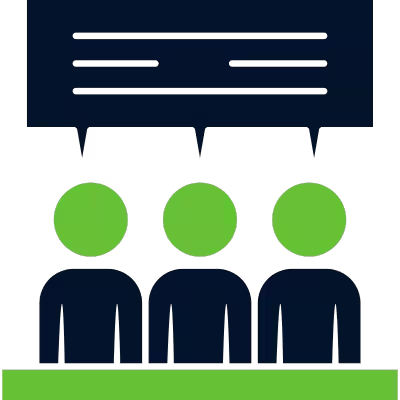
Public Perception is Wrong
Look at the matchup. Is the public obviously going to favor one side based on name recognition, a recent big win/loss, or media narrative? If the early line hasn’t yet built in a big enough “public tax” for that popular side, there could be value on the other side. The early line is your chance to bet before the public distortion fully inflates the price.

Reverse Line Movement (RLM)
This is a powerful, but usually counterintuitive signal. RLM happens when the line moves against the tide of betting tickets. Let’s say that 70% of bets are coming in on Team A (-3), but the line moves to Team A -3.5 or even -4. Why? Because the money is heavily on Team B (+3). The large bets (sharps) are hitting Team B, forcing the book to move the line to discourage more sharp money on Team B, even though most people are betting on Team A.
Spotting RLM early in the line’s life is a strong indicator that sharp money sees value on the unpopular side.

Hype Train Inflation
As we said above, media narratives can create insane overreactions. A team wins three in a row? A rookie has one amazing game? The public (and sometimes books preemptively) overvalues them. If the early line feels inflated beyond the reasonable metrics due to hype alone, there’s possible value on the other side.
Look for the teams that are riding unsustainable highs or facing a tough matchup and being ignored by the narrative. If a middling NBA team wins 4 straight against weak opponents with high scores, the media will say they’re an “offensive juggernaut.” They open as -6 favorites against a strong defensive team with a slower pace. The hype might have added 1-2 points to the line. Where’s the value here? Possibly on the defensive underdog.
Tools and Resources for Spotting Early Value
You don’t need to own a supercomputer, but you do need to have the right intel. Don’t just check a single betting site. Below are the tools that you can use to track the market and spot those early value signals!

Line History Trackers
These are non-negotiable. Sites like OddsJam, VSIN, and VegasInsider let you see the following:
- The exact opening line from multiple books is super important because sportsbooks open at different times/prices.
- How the line has moved over time at each sportsbook. Did it move steadily? Did it jump after news broke?
- Current line vs. opening line across the market. This is a must for spotting RLM and overall movement trends.
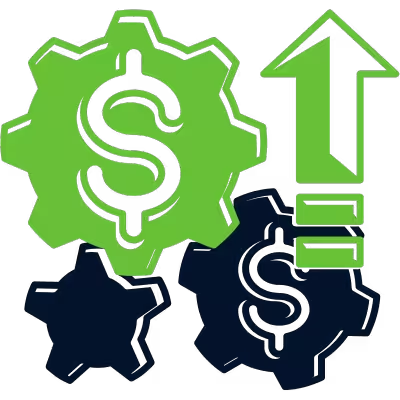
Betting Splits & Ticket Counts
Platforms like The Action Network, Covers, or Pregame.com all show the percentage of the following:
- Betting Tickets: The total number of bets that are placed on each side, which shows public sentiment.
- Handle Percentage: The percentage of total money wagered on each side. This is important! If 70% of tickets are on Team A, but only 55% of the money is, it suggests the big bets (sharps) might be on Team B.

Injury & News Alerts
Speed is really important, so set up alerts for the things below!
- Team-Specific Beat Reporters on Twitter (X): They break news the fastest. Turn on notifications for insiders who cover the teams you bet on.
- Aggregation Services: Apps like Underdog Fantasy (for NFL) provide rapid-fire news updates.
- Official Team Accounts & NFL/MLB/NBA/Etc. Transaction Feeds.

Sharp Money Indicators & Consensus
No service perfectly identifies “sharp” action, but some will give you clues:
- “Steam Moves” or “Reverse Line Moves” Flags: Some trackers (like OddsJam premium) specifically flag lines moving against the ticket %.
- “Pros vs. Joes” or “Big Money” Indicators: Services like Sports Insights (now part of The Action Network) or Pregame highlight games where big money differs significantly from the ticket count.
- Market-Wide Consensus: Seeing where the majority of books have settled, a line can show where sharp money has pushed it. Comparing the opening line at a sharp book (like Pinnacle, CRIS) vs. a public book (like FanDuel, DraftKings) can be really revealing.
CTA: “Explore our recommended betting tools [link to resources/tools page]”
Timing Is Everything: When to Lock In Your Bets
Finding a sweet spot early line is only part of it! Timing your bet is the other part of this equation, and it’s just as important. Bet too early? You might miss valuable info. Bet too late? The value is gone. Below are the best times to lock in your bets!
- NFL Sundays (Look Early Week): The absolute king. Lines for next week open Sunday night or Monday morning. This is the peak value window. Sharps are on the prowl, and books are setting initial lines that are based purely on analysis before the week’s narrative takes over.
- College Football Openers (Sunday Night/Monday): Similar to the NFL with huge markets, and the public loves favorites. Early lines drop after the weekend’s games. Value can be big before the campus hype builds.
- NBA Back-to-Backs (B2Bs): Lines for the second game of a B2B usually open before the first game is played. If you have a strong read on a team’s B2B performance tendencies or potential rest situations, you can find value before the market adjusts post-Game 1.
- Immediately After Major News: As discussed, if you get injury/transaction/news fast and confirm it’s impactful, acting before the line fully adjusts (sometimes just minutes) is critical. Have your sportsbook account funded and ready to go!
- Before Public Betting Triggers: Anticipate when the public floodgates open. For the NFL, this is Thursday-Saturday. For big college games, it’s Friday/Saturday morning. Bet before this surge.

Danger Zones
Just as there are the best times to bet, there are also times when you need to hold your fire. Here’s when those times are:
- Injury Uncertainty (Especially “Questionable” Stars): If the status of a franchise QB, MVP candidate, or main defensive anchor is up in the air, betting the early line is gambling on the injury report. Wait for clarity unless you have an extremely strong contrarian view and the line hasn’t adjusted much yet. The risk/reward ratio here is poor.
- High-Variance Matchups (Rookie QBs, Bad Weather Forecasts): Games with extreme unpredictability, like a rookie QB’s first start or potential monsoon conditions, make early lines very volatile. The value might be illusory, or the line could swing insanely based on later info. Tread carefully.
- When Lines Move Too Fast Against You: You identify value on Team A at +3.5. You wait. It moves to +3.0, then +2.5. The value is eroding. At a certain point (determined by your own assessment), the advantage is gone. Don’t chase the specter of the early line. Be disciplined and fold.

Timing Tip: Automate Your Watch
- Set Line Movement Alerts: Most tracking tools allow you to set alerts for when a line moves by a specific amount (e.g., “Alert me if Pacers spread moves by 0.5 points”). You’ll be notified instantly.
- Use News Alert Apps: As we mentioned, have injury/news alerts beeping at you.
- Bookmark Pages: Have the line history pages for upcoming games you’re targeting readily accessible. Monitor them during known value windows (e.g., Monday AM for NFL).
Mistakes to Avoid When Betting Early
Early value is a strong lure, but if you rush in without knowing what you’re doing? All you’ll accomplish is blowing your bankroll. Below are the most common mistakes and how to sidestep them!

Injury Roulette
This is the cardinal sin. Betting a lot of money on an early line before critical injury reports are confirmed is pure speculation, not value hunting. Did that “questionable” tag turn into “out”? Did the “probable” star practice? That +4.5 you grabbed evaporates into +2.0 instantly if bad news breaks.

Misreading Sharp Move vs. Public Steam
Don’t confuse a “steam move,” which is the public flooding in on a popular side, moving the line predictably, with a genuine Reverse Line Movement. Chasing steam is betting with the public, and it’s usually at the worst possible price. RLM signals a possible sharp contrarian value. Use your tools (betting splits, money percentages) to distinguish the cause before assuming it’s smart money.

Overestimating Your Own Model
You built a power rating system? Cool! But falling in love with your own projections and ignoring clear market signals, like heavy sharp action against your pick, is dangerous and dumb. The market has info or insights that you don’t. If your model says Team B +7 is value, but the line quickly moves against Team B to +6.5, +6.0 despite little public money on Team A, that’s a red flag. Re-evaluate! Sharps could know something that you don’t. Be humble enough to question your own work.

Chasing Ghost Value
You saw a line at +110 that you thought was +EV. You hesitated. It moved to +100, then +90. Betting it at +90 just because you “missed” it at +110 is a losing strategy. The value at the current price is probably one. Stick to your process and only bet when the current line offers a clear edge based on your criteria. Don’t anchor on the past number.

Ignoring Sportsbook Differences
Sportsbooks are all different, and some will open lines that are closer to the “true” price and react faster to sharp money. Public books like FanDuel and DraftKings might open with more public bias already included and move slower on sharp action (relying more on balancing public money). Understand where you’re seeing the line and what that implies. An early line at a public book might give you different opportunities than one at a sharp book!
Conclusion: The Art of Beating the Market
The sports betting market is a living, breathing entity, which means that it is constantly shifting and reacting. The early lines represent a fleeting moment of relative purity; the sportsbook’s best analytical guess before it gets twisted by the predictable, and usually irrational, flood of public money. The window is where the smartest bettors regularly find their advantage.
Look below for a recap of the basics of spotting early lines:
- Early Bird Gets the Worm: The best opportunities are in the initial hours or days after lines open (Sunday/Monday AM for NFL), before public perception distorts the odds.
- Mind the Gap: Your advantage comes from spotting discrepancies, like between the early line and your own fair value assessment, between the line and any recent impactful news, or between predictable public bias and the initial price.
- Follow the Smart Money: Learn how to recognize the signals, especially Reverse Line Movement (RLM), where the line moves against the tide of betting tickets, indicating respected money sees value on the unpopular side. Then use tools to confirm it.
- Arm Yourself: You need more than a feeling. Line trackers, betting splits, news alerts, and sharp indicators are your most important tools for negotiating the early market.
- Timing is Everything: Know when to strike and when to hold back. Set alerts, stay ready, and be patient.
- Stay Humble, Stay Disciplined: Avoid the traps of betting on unknowns, misreading line moves, overestimating your models, or chasing lost value.
Final Tip: Make it a ritual! Set your alarm for Monday mornings during football season. Fire up your Keurig, open your line tracking tools, and scour the freshly opened NFL lines. This is one of the highest-probability value windows in sports betting.
The public is still recovering from the weekend, but the sharps? They’re already on it. Be like them! Watch the lines, spot the discrepancies, confirm the news, and lock in your bets before the Monday morning hype shows and the lines solidify. This kind of discipline, more than any one pick, is the hallmark of a bettor transforming from a square to a sharp!

Alyssa contributes sportsbook/online casino reviews, but she also stays on top of any industry news, precisely that of the sports betting market. She’s been an avid sports bettor for many years and has experienced success in growing her bankroll by striking when the iron was hot. In particular, she loves betting on football and basketball at the professional and college levels.



